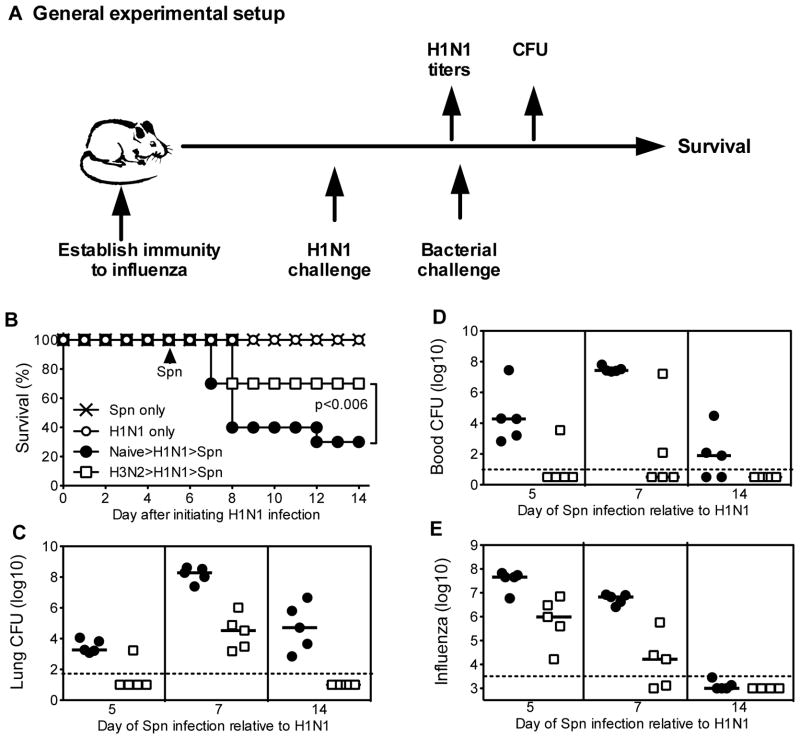Figure 1. Long-term cross-reactive immunity to influenza protects from secondary bacterial infection.
(A) General experimental approach followed for all studies; see each figure legend for specifics of treatments and timing. For B–E, C57BL/6 mice were infected with H3N2 influenza or left uninfected. After 5–6 months, the mice were challenged with H1N1 influenza, followed 5, 7, or 14 days later by infection with S. pneumoniae (Spn). (B) Survival of mice challenged with Spn on day 5 after H1N1 infection (n=10 mice/group). Mice infected previously with H3N2 showed significantly greater survival than control mice (p=0.006 by Log rank test). (C) Bacterial burden in the lung 24 hours after Spn infection. Mice exposed previously to H3N2 harbored significantly fewer bacteria than control mice when both groups were infected with Spn at days 5, 7, and 14 after H1N1 infection (all p<0.04 by Mann Whitney test). Although susceptibility peaked at day 7, we focused survival studies on day 5 because H1N1-infected naïve mice showed significantly greater weight loss than H3N2 immune mice on days 7 and 14, but not on day 5 (not shown). (D) Bacterial burden in the blood 24 hours after Spn infection. (E) Influenza burden at the time of Spn infection. Mice exposed previously to H3N2 harbored significantly less virus than control mice at days 5 and 7 after H1N1 infection (both p<0.02 by Mann Whitney test). The day 5 data and day 7/14 data were collected in two separate H1N1/Spn challenge studies using a single cohort of H3N2 exposed animals; dotted lines depicts limit of detection.

